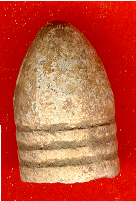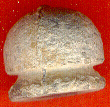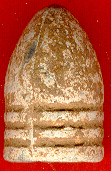Well, I am sure that this subject has been addressed by more capable minds than I, but I was just wondering. How did they do it! I read that the barrel metal was softer in the HAWKIN and there lie the secret of its accuracy over all other rifles. But, maybe the loads that the fellars were using in them 10 and 11 pound Plains Rifles were not equal in the components that we have at our disposal? For example, it stands to reason that if the ball that was loaded was smaller, even if the weight was the same, it would not generate the chamber pressures that we can get from more precise ball and patch combinations ? Also, is it possible or even true that the powder was not equivalent? For example, the old book [Mr. Hanson's, Plains Rifles] states, that it was 205 grains of powder pushing a 217 grain ball to stop a Warrior doing his death dance at 250 yards. Now that is a whole lot of WAKE UP AMERICA! Let's say the load is right and the yardage measure is right. Or, lets say that the load is right and the yardage measure is wrong? Or, lets say that the load is off and the yardage is less. About anyway you look at it, I'm saying ,if them rifles were not equiped with a veneer sight or a creedmore, which they weren't ,then that is, practically," the whole state of Kentucky you got to hold over"!. Appreciate any feed back! Thanks :crackup:








